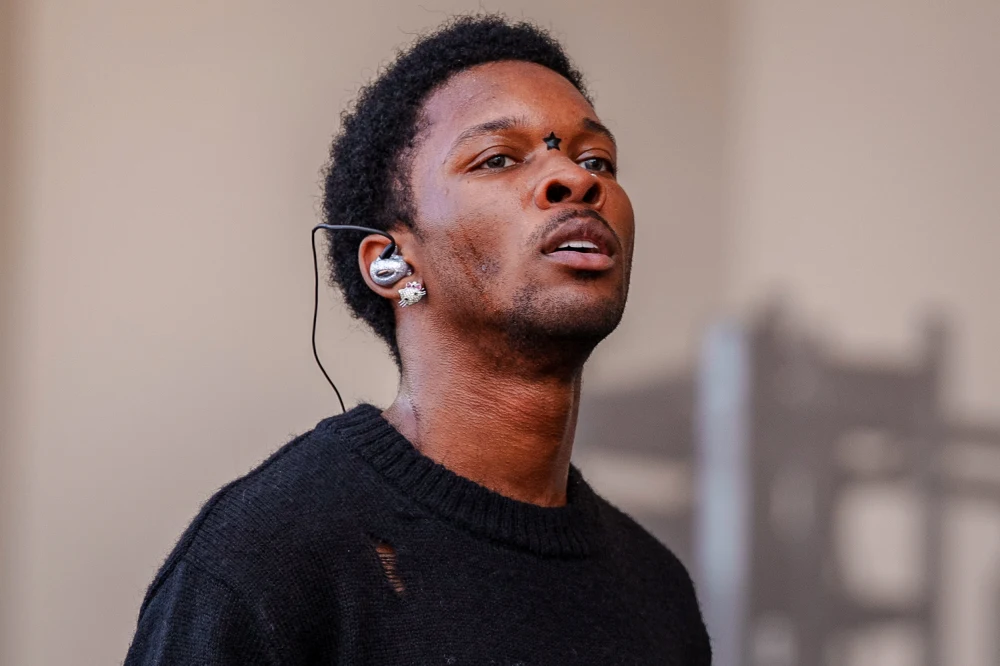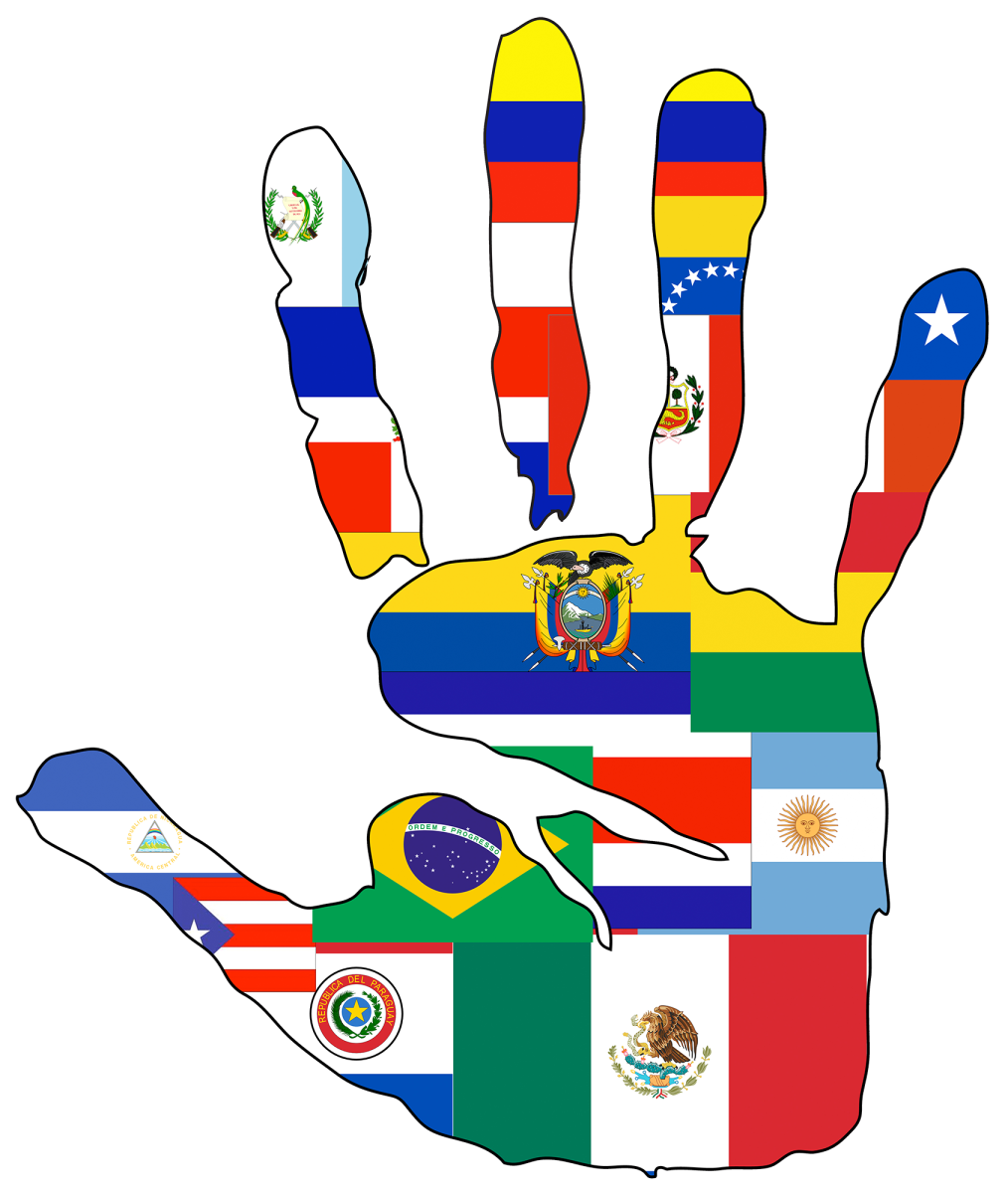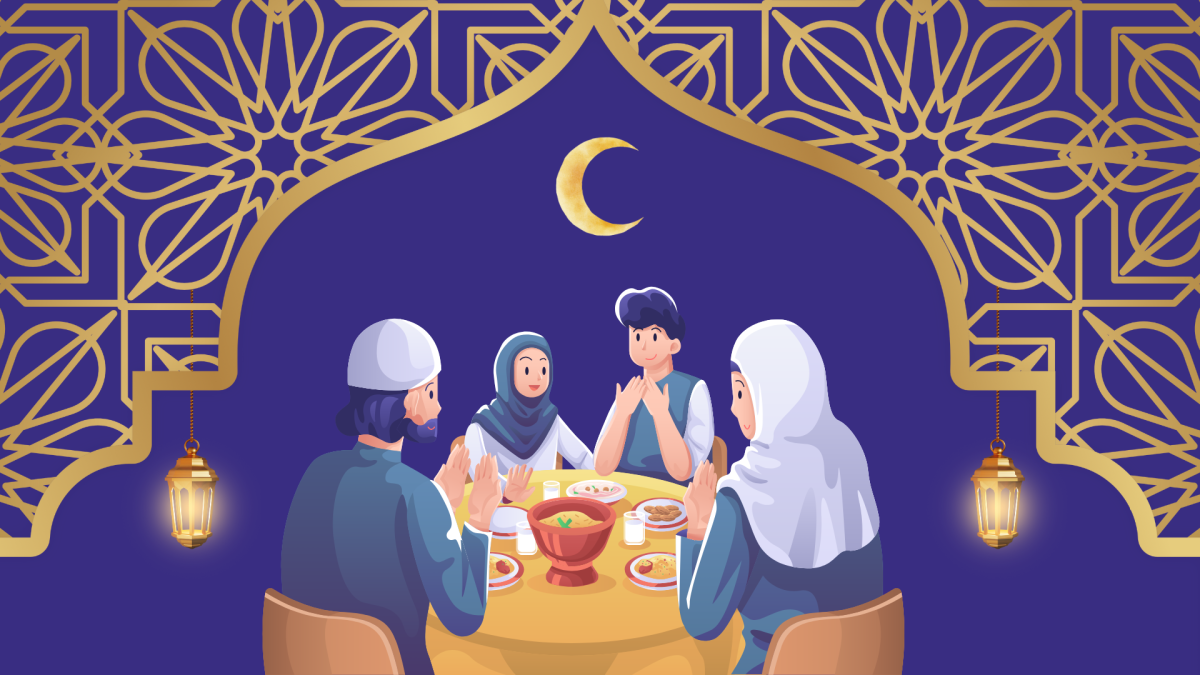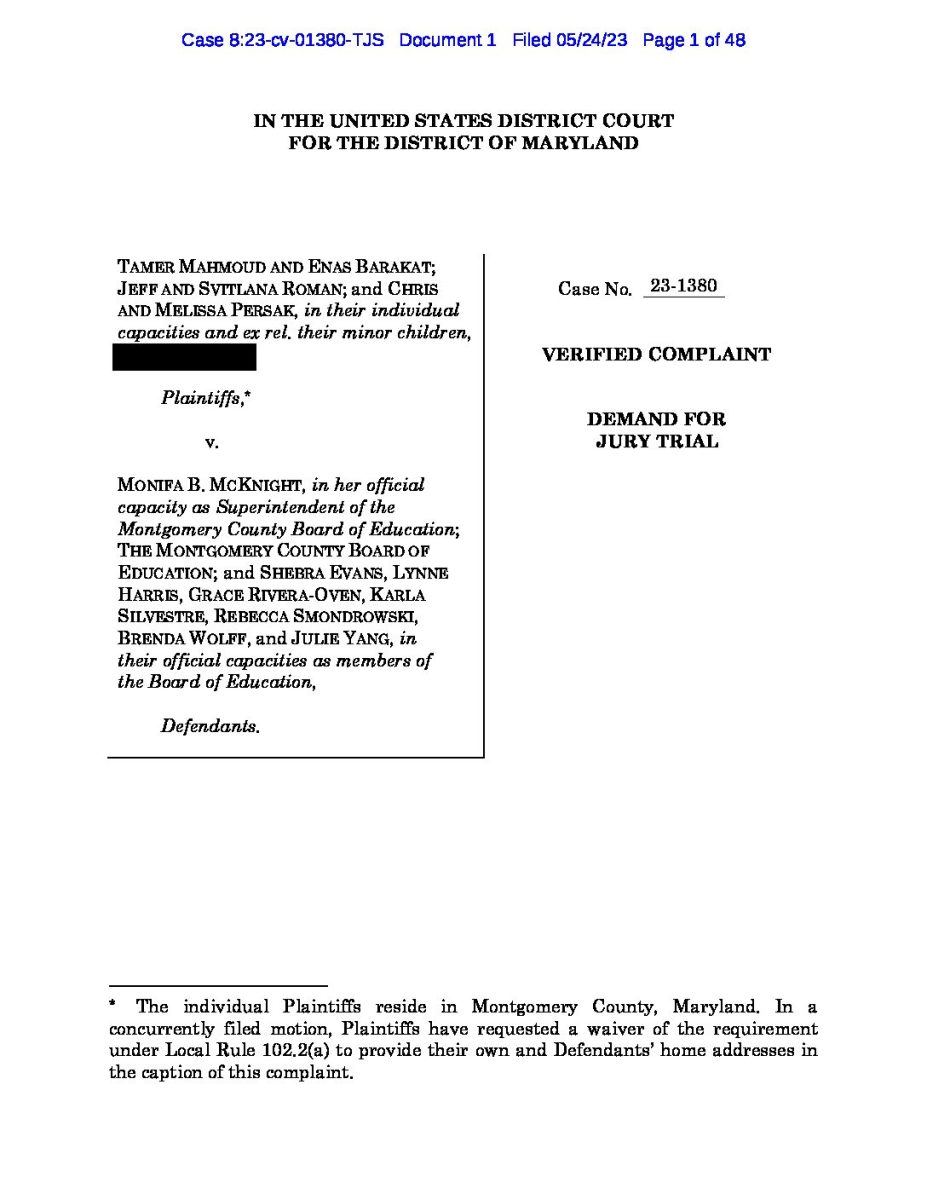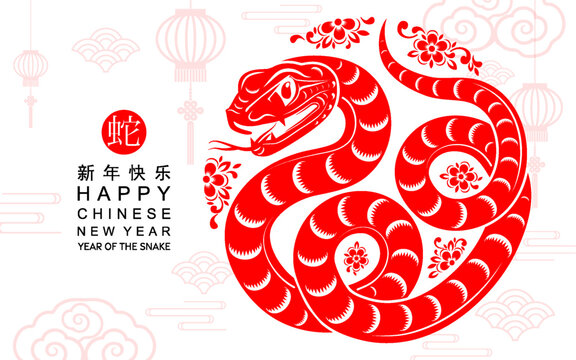This past Wednesday, January 29, marked the beginning of the Lunar New Year. Observed via the Chinese lunisolar calendar by a plethora of Asian communities, the holiday also known as the Spring Festival or Chinese New Year encourages renewal and good fortune. It is the kick-off to nearly two weeks of local, national, and international festivals, feasts, and other celebrations.
The year 2025 joins the ranks of history as the Year of the Snake. Those born in 1941, 1953, 1977, 1989, 2001, 2013, and 2025 have the snake as their Chinese zodiac animal, associated with intelligence and strength. More specifically, 2025 is the Year of the Wood Snake—those who bear the wood element of the Chinese zodiac calendar are associated with being compassionate, patient, and understanding.
Though the Lunar New Year is celebrated all over Asia and the diaspora bears different names in different cultures, one of the most popular stories behind the holiday comes from Chinese mythology. Nian, which translates to Year, was a legendary monster who would terrorize villagers at the start of every new year. Initially, the villagers were terrified and helpless, but they soon realized that Nian was afraid of bright lights, loud sounds, and the color red. They began to use these tools to scare the monster away and would continue to do so at the beginning of every year. These elements can still be seen in Lunar New Year celebrations, decorations, and traditions to this day.
Other Lunar New Year staples include going to New Year’s markets, lighting fireworks, and gifting and receiving red envelopes. One of BCC’s Asian Culture Club leaders, Aisara Kaiyrberli, has a family tradition of her own: “We take the oranges and write our goals for [the] year [on them], and then roll [them] over the entrance of our house. And then we eat it so our dreams [are] gonna come true.”
“I think it’s important to acknowledge the start and history of Lunar New Year to preserve its importance as a cultural tradition,” said Naomi Yeung, co-president of BCC’s Asian Student Union. “The celebratory nature of Lunar New Year is a product of its history and its start serves as a reminder of the contributions of the past to current Chinese culture and why cultural traditions should still be recognized,” she added.
The Tattler wishes the Asian diaspora a prosperous and joyous Lunar New Year.












